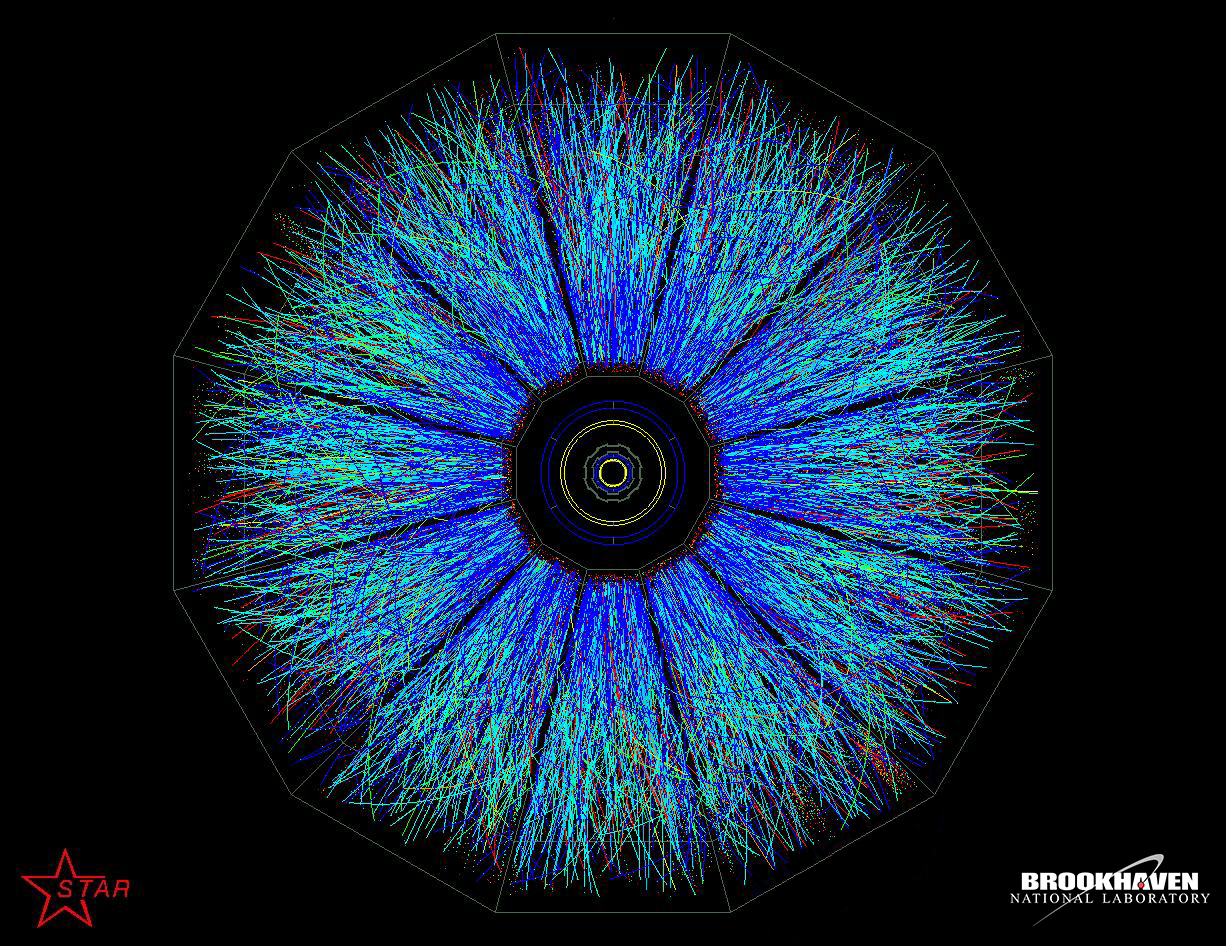At a Glance
- Scientists observed a new quasiparticle. This semi-Dirac fermion is massless in one direction but gains mass perpendicularly within a ZrSiS crystal.
- The team used magneto-optical spectroscopy, infrared light, and a strong magnetic field to detect the unique energy level patterns predicted for semi-Dirac fermions.
- Unlike typical particles, semi-Dirac fermions exhibited unexpected energy quantization patterns, confirming their existence and highlighting their distinct properties.
- ZrSiS’s layered structure, similar to graphite, suggests potential applications for electronics, quantum computing, and sensor technologies in advanced materials.
- Understanding semi-Dirac fermions could lead to precise control of material properties, paving the way for innovations in high-precision devices and materials science.
Scientists have made a groundbreaking discovery by observing a new type of particle, known as a quasiparticle, that behaves unusually. This particle, called a semi-Dirac fermion, is massless when it moves in one direction but gains mass when it moves in a perpendicular direction. This unexpected finding was made in a crystal of a semi-metal material called ZrSiS, and it could lead to advances in technology, from improving batteries to developing better sensors.
The semi-Dirac fermion was first proposed 16 years ago, but it wasn’t until recently that scientists were able to observe it in action. The team, led by Penn State and Columbia University researchers, used magneto-optical spectroscopy to shine infrared light on a ZrSiS crystal while exposing it to a strong magnetic field. The researchers noticed strange patterns in how the energy levels of electrons shifted, which matched a theoretical signature that had been predicted for semi-Dirac fermions.
When a magnetic field is applied to a material, the energy of its electrons becomes quantized, meaning the electrons move in specific energy levels. Typically, the spacing between these levels depends on the mass of the electrons. However, in the case of the semi-Dirac fermions, the expected pattern of energy level changes did not occur. This key clue led the team to identify the semi-Dirac fermions and further explore their unique properties.
This discovery could have important implications for the development of future technologies. ZrSiS is a layered material similar to graphite, which means that individual layers of this material could be used in devices, much like graphene is used today. The researchers hope that by understanding the behavior of semi-Dirac fermions more thoroughly, they could unlock new ways to control the properties of materials with high precision, opening up new possibilities in electronics and quantum computing.
This groundbreaking research was published in Physical Review X.
References
- Shao, Y., Moon, S., Rudenko, A. N., Wang, J., Herzog-Arbeitman, J., Ozerov, M., Graf, D., Sun, Z., Queiroz, R., Lee, S. H., Zhu, Y., Mao, Z., Katsnelson, M. I., Bernevig, B. A., Smirnov, D., Millis, A. J., & Basov, D. N. (2024). Semi-dirac fermions in a topological metal. Physical Review X, 14(4), 041057. https://doi.org/10.1103/PhysRevX.14.041057











